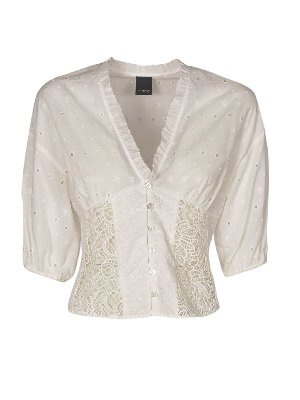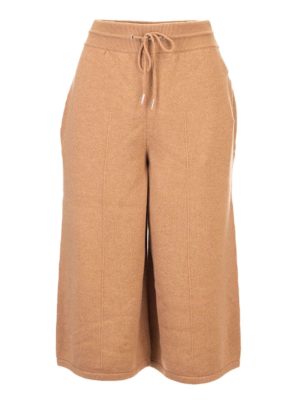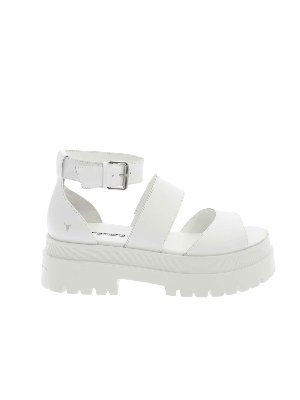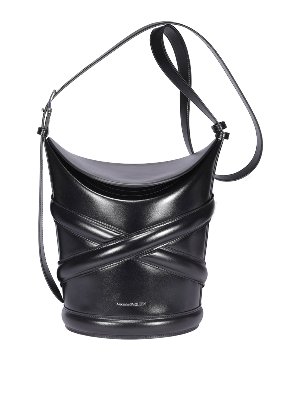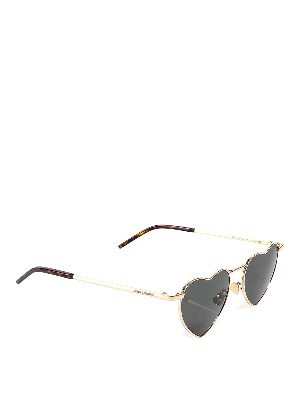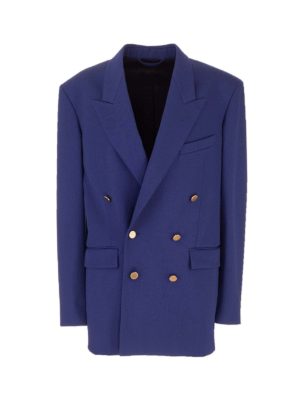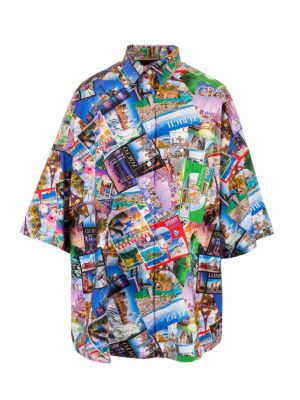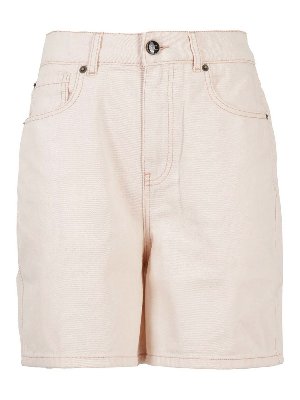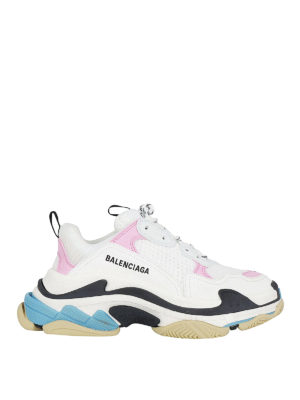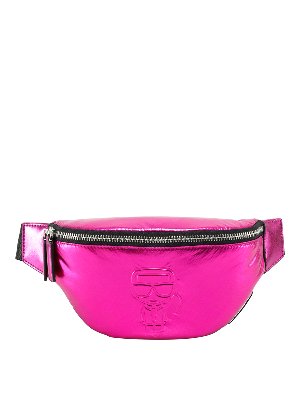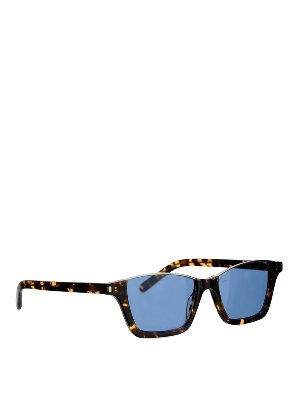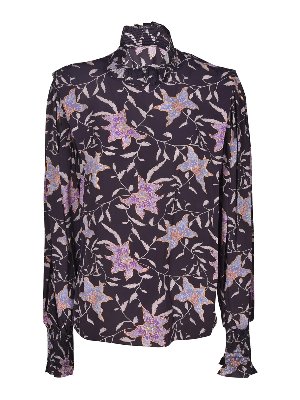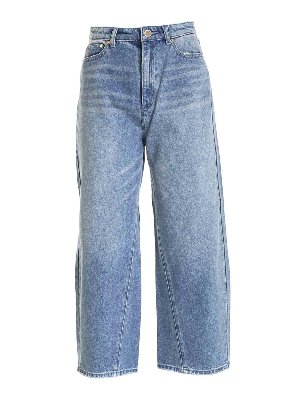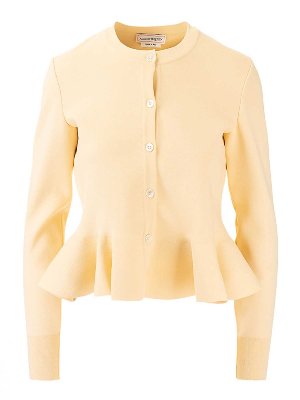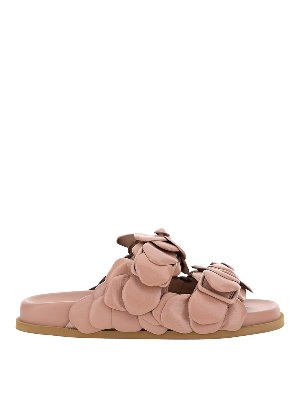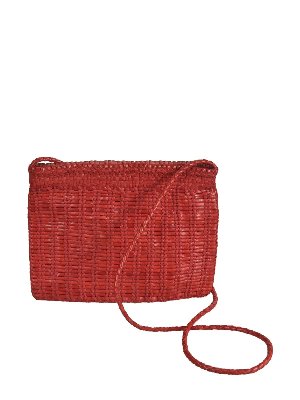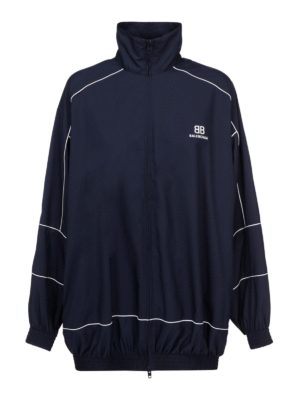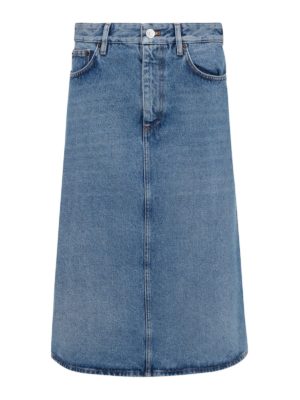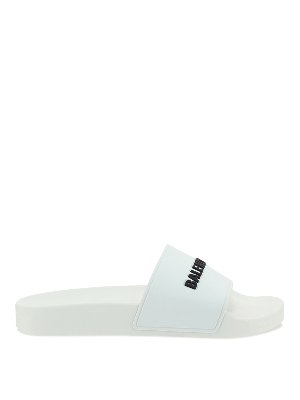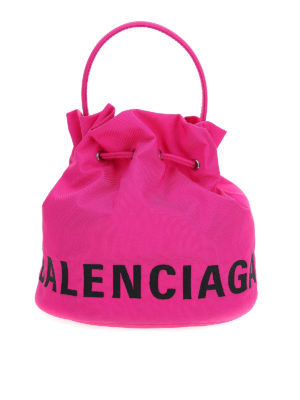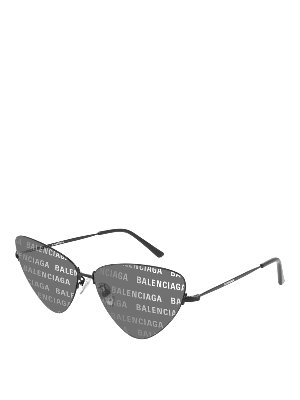The beautiful, the ugly, the trendy
"Never make an ugly dress; there's always the risk that someone will wear it." (Guy Laroche)

Yet, these seem to be the years of the triumph of the ugly in fashion.
For some time now, those unlikely garments, once confined to the most provocative catwalks, have even landed on the streets, to make slender fashionistas clumsy with their exaggerated volumes or to cast the feet of fashionistas Millennials.
What is profound and intriguing about the blatant bad taste that reigns in fashion today?
The godmother of the "ugly but cool", the one who gave birth to the aesthetics of the ugly, is the Italian fashion intellectual, Miuccia Prada, who says: "The ugly is attractive, the ugly is exciting. Perhaps because it is newer. For me, the search for ugliness is more interesting than the bourgeois idea of beauty. Why? Because the ugly is human. It touches the bad and dirty side of people. In fashion, it's something scandalous, but in other art forms it's normal: in painting and film making, ugliness is the order of the day. But in fashion it wasn't like that, that's why I was so criticized, for inventing trash and ugliness."
In fact, the world of art has seen its mission evolve: from depicting the purest beauty to representing the full range of human emotions and experiences, including the most dishonorable and even the most trivial.
So art has evolved from classical Greece, where the value of beauty was inextricably linked to that of goodness (Kalos kaì Agathòs), to the artistic currents of the twentieth century, such as German Expressionism, which focuses on the loneliness of man, the alienation of the individual and immorality. Or Andy Warhol's Pop Art, which elevates the most banal everyday objects to art, like a can of peeled tomatoes or a bottle of Coca Cola. Because the new mission of art is to shake people's minds and prompt reflection on life as a whole.
Fashion creatives seem to be following a similar path.
From the feminist revolution of Miuccia Prada, who was the first to free women from the slavery of being attractive in order to please others, to the visual revolution of Alessandro Michele for Gucci, who, by mixing the most disparate suggestions, has created a dreamlike imagery in which, as the witches in Macbeth would say, " Fair is foul, foul is fair".
Up until the most recent Normcore movement, an ironic crasis between Hardcore and Normal, which the New Yorker defines as “a personal style, a trendy way of being anti-trend”, a sort of liberation from the dictatorship of trends.
A bit of what we saw on the Celine runway for S/S 2021, namely the adoption of completely normal and often even unsightly dress codes that make it difficult to distinguish those who follow fashion from those who are completely unfamiliar with it.
And finally, the creative paroxysm of Demna Gvasalia for Off-White, who has elevated the most banal and kitsch everyday clothing items to the status of a trend, such as shower slippers with terrycloth socks or oversized acetate suits of Eastern European reminiscence, and even yellow T-shirts with the DHL logo or Ikea bags turned into fashion icons.
A real Warhol of fashion, or even a Marcel Duchamp or a Piero Manzoni, who respectively with the urinal ("Fontain", 1917) and the little box ("Merda d'artista", 1961, an example of which was sold at auction in 2016 for 275 thousand euros) have ennobled, by exclusive virtue of their art, common and decidedly undesirable objects.
